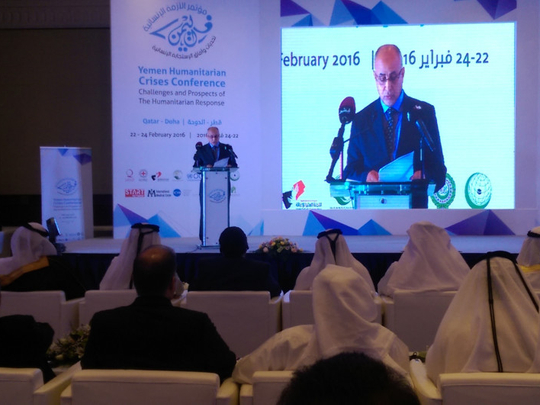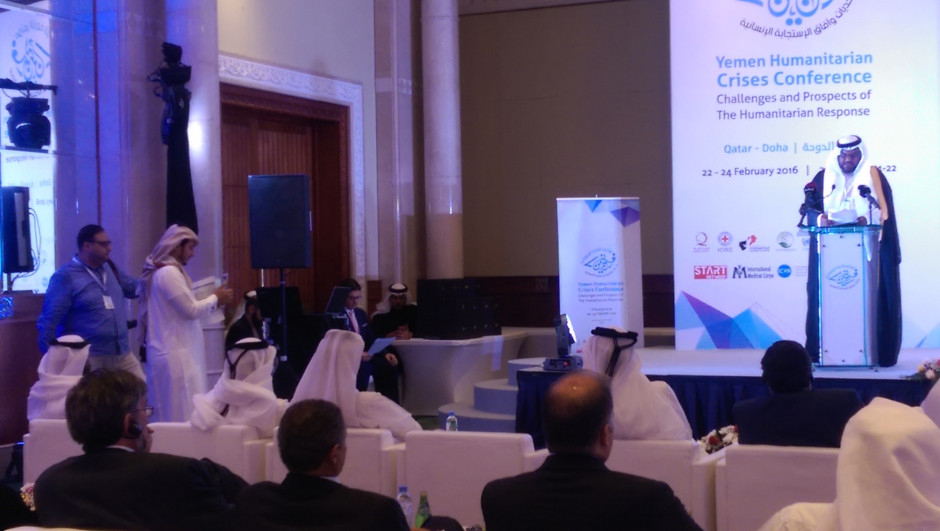
After three days of heated discussions on the situation in the war-torn country, the Yemen Humanitarian Crisis conference concluded yesterday with pledges of at least $223 million (Dh818.41 million) in aid and increased relief efforts.
Dignitaries from the governments of Qatar and Yemen, as well as representatives of various regional and international aid organisations, had gathered in Doha for the event organised by Qatar Charity to bring renewed attention towards the Yemen crisis.
Of the aid pledged, $117 million came from Qatari aid groups and $100 million from Kuwaiti aid groups.
Qatar Charity and the International Islamic Charitable Organisation (Kuwait) pledged $100 million in aid each for three years. Pledges of $10 million (Qatar Red Crescent), $5 million over three years (Silatech Qatar), $5 million over three years (Human Appeal International), $2 million over three years (Reach Out to Asia) were also made.
Problems
Yemen’s Minister of Local Administration Abdul Raqeeb Saif Fateh highlighted a few of the problems. “I would like to bring your attention to the 22 million Yemeni people who are suffering from the effects of war. More than two million children are out of school, several hundred thousand pregnant women are unable to receive adequate healthcare and 12 million people are facing attacks everyday.”
Speaking on behalf of the King Salman Humanitarian Aid and Relief Centre, which will act as an umbrella for this committee, Abdullah Al Ruwaili said that an office of the committee will be formed on March 7, following which regional countries and NGOs will start working together.
The conflict in Yemen has destroyed farmlands and security threats have put a halt to tourism. Aid agencies say the situation is so bad that famlies have resorted to exchanging blankets and utensils given to them for texorbitantly priced staple food items.
The three-day conference addressed Yemen’s emergency needs such as health care and food insecurity and also long-term planning needed for development and economic stability.
Speakers who addressed the conference said international aid agencies had a general lack of understanding when it comes to the needs of the local people.
As of February 15, UNHCR said it had reached some 346,500 internally displaced Yemenis in 20 of the 21 governorates with emergency relief assistance such as blankets, sleeping mats, plastic buckets, plastic sheeting, kitchen sets, tents, and emergency shelter kits, which comprise wooden poles and planks, plastic sheeting, and tools such as hammer, axe, rope and nails.
The humanitarian situation in Yemen remains critical, with an estimated 21.2 million people – equivalent to 82 per cent of the population – in need of some kind of help.
— The writer is a freelance journalist based in Doha.













